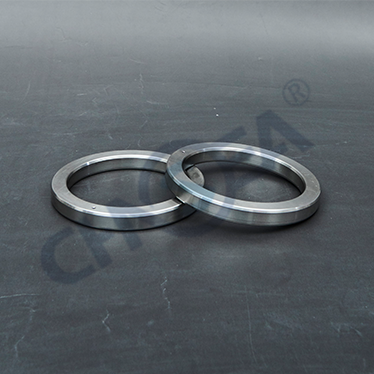Have you ever wondered about the eight corners of the octagonal gasket? Why is it designed this way? There’s actually a hidden trick here. Compared with the sealing ring, the shape of the octagonal gasket holds many secrets for sealing.

Mathematical brute beauty
The design of the octagonal gasket is full of mathematical cleverness. It has a bevel with a specific angle. It also has a unique eight-sided structure. Compared with the elliptical gasket, it has a larger contact area with the sealing surface. This makes the sealing foundation more stable.
Compared with the common hexagonal shape, it makes the stress distribution more even. It reduces the stress concentration points that are prone to problems. This careful structural design allows the octagonal gasket to fit tightly when sealing. It also avoids troubles caused by excessive local force. When working with the sealing ring, this advantage becomes more obvious.
Physical plug-in
The octagonal gasket has a great ability in sealing. It’s like a physical “plug-in”. When the pressure of the medium increases, it doesn’t get pushed open easily like some sealing rings. Instead, it clings tighter to the flange groove.
The greater the pressure, the firmer the grip. It’s truly a top performer in the sealing world that “grows stronger when facing strength”. No matter how the pressure of the medium changes, the octagonal gasket, together with the sealing ring, can hold the sealing line tight. It leaves no chance for any leakage.
